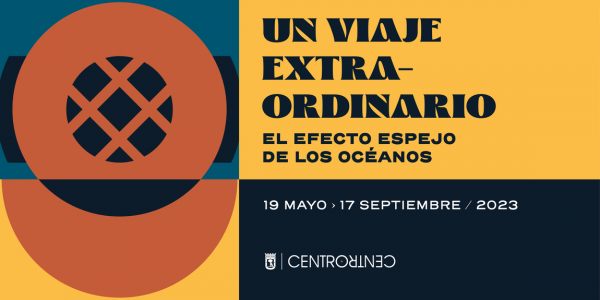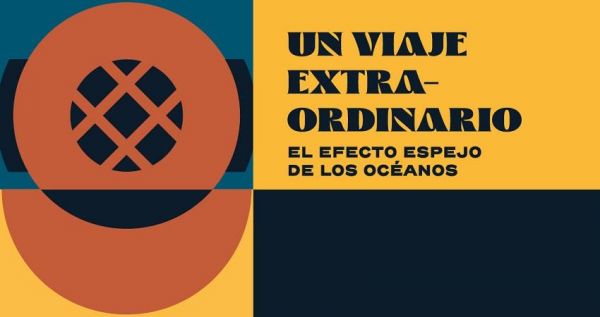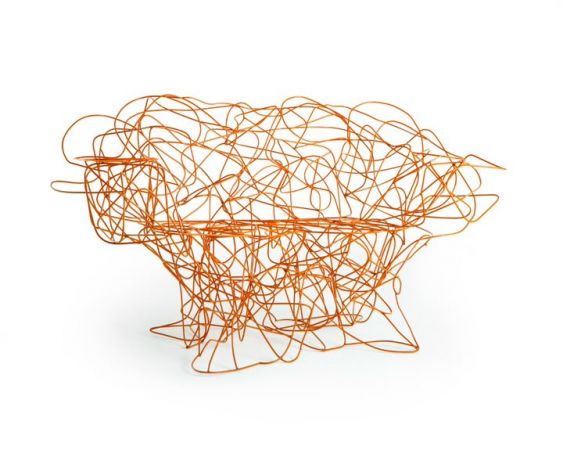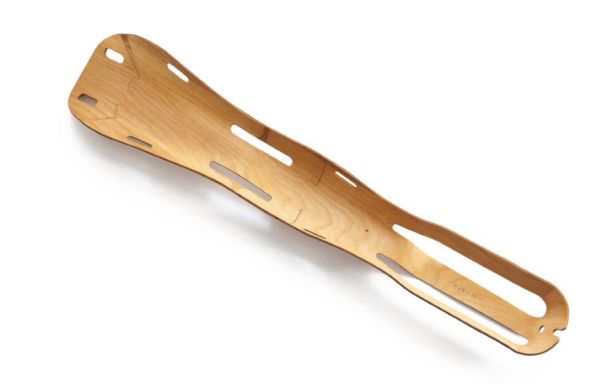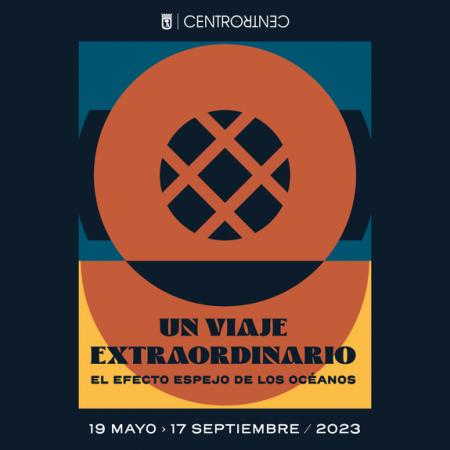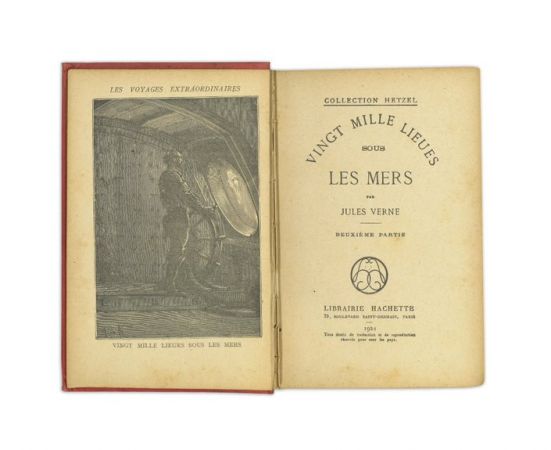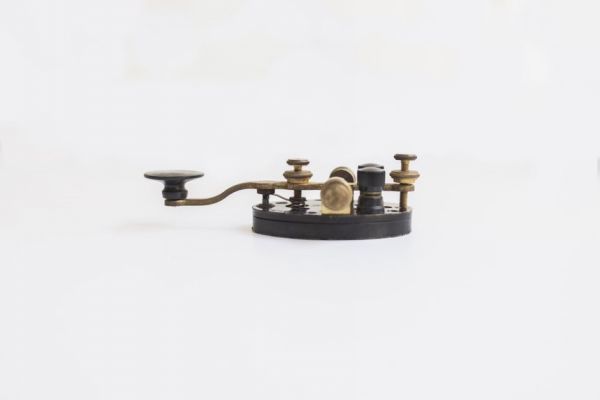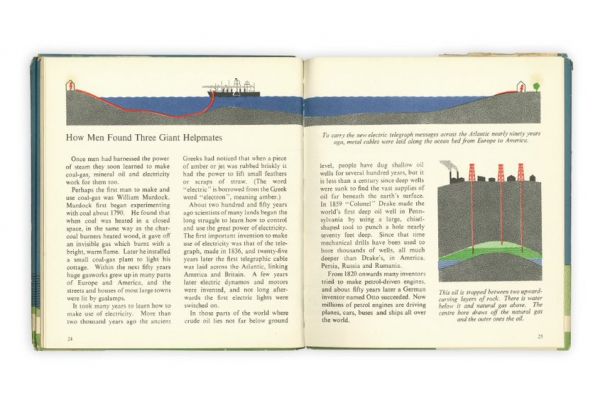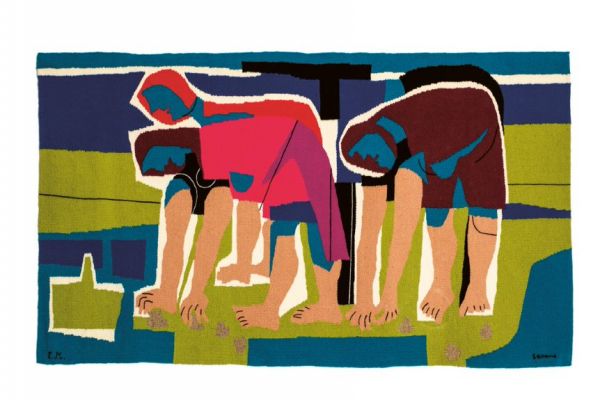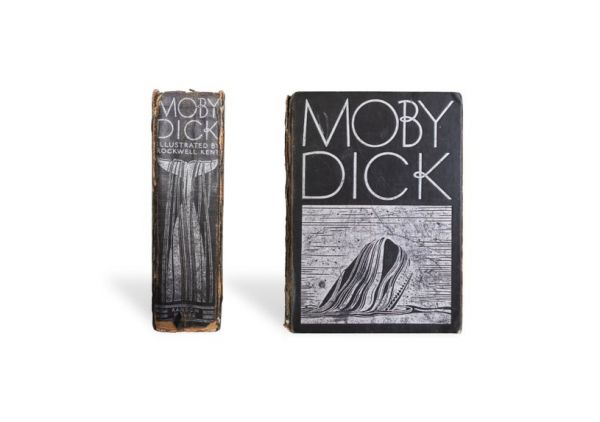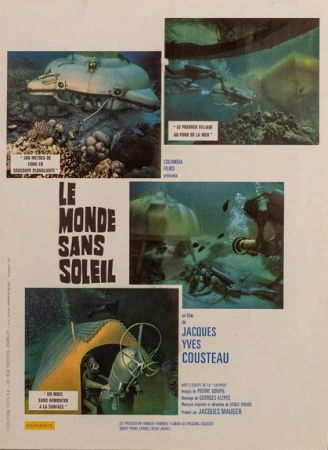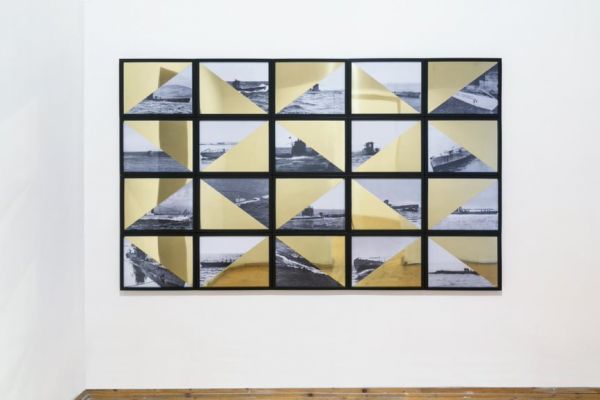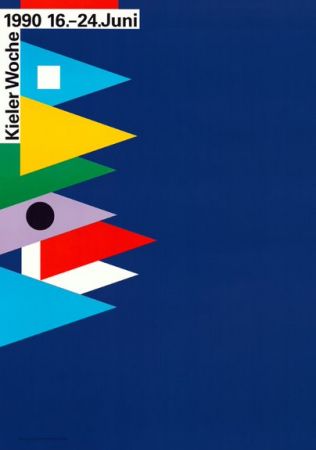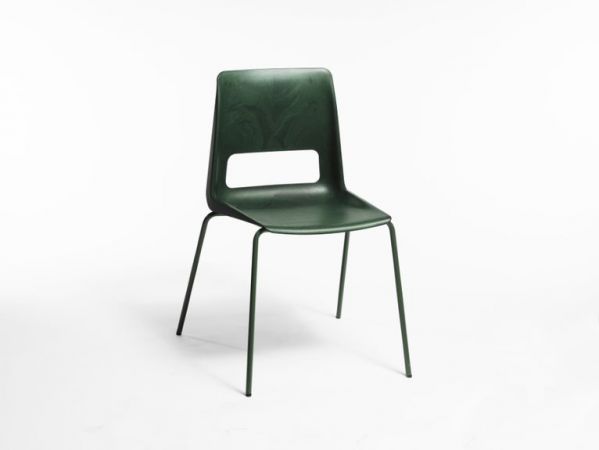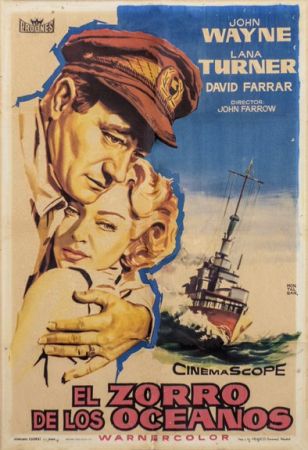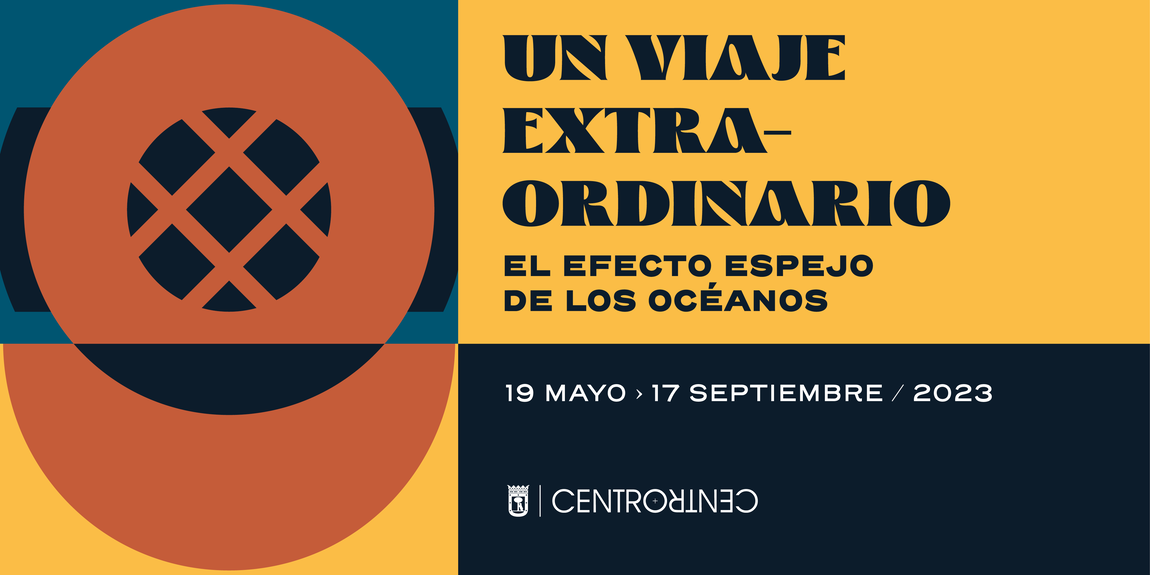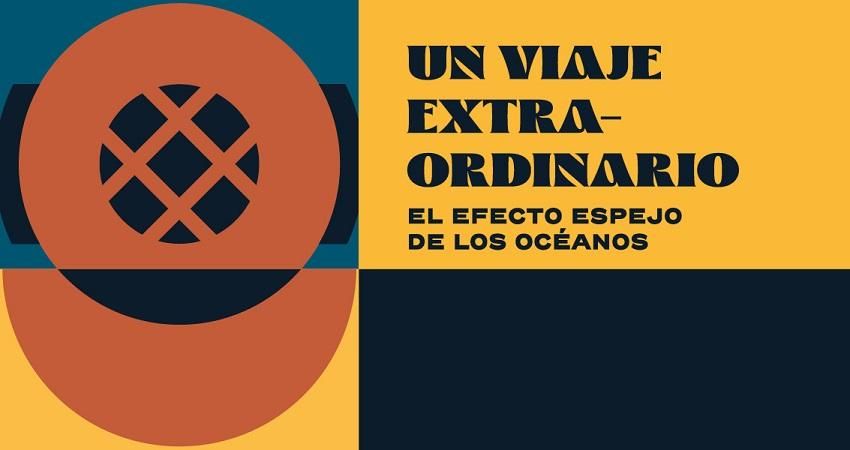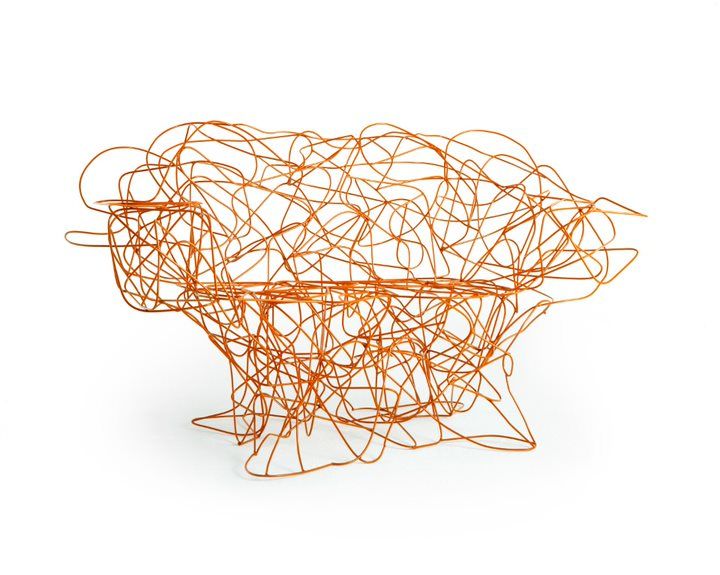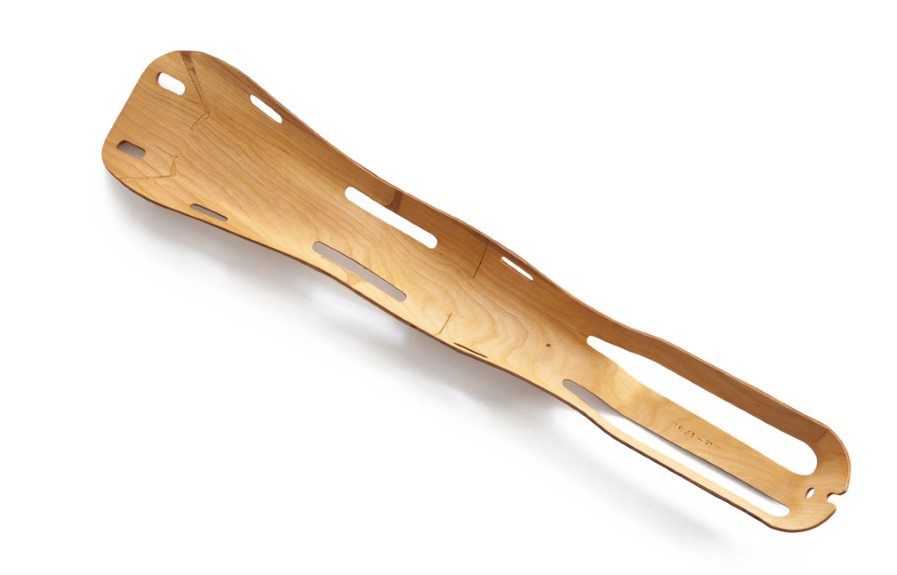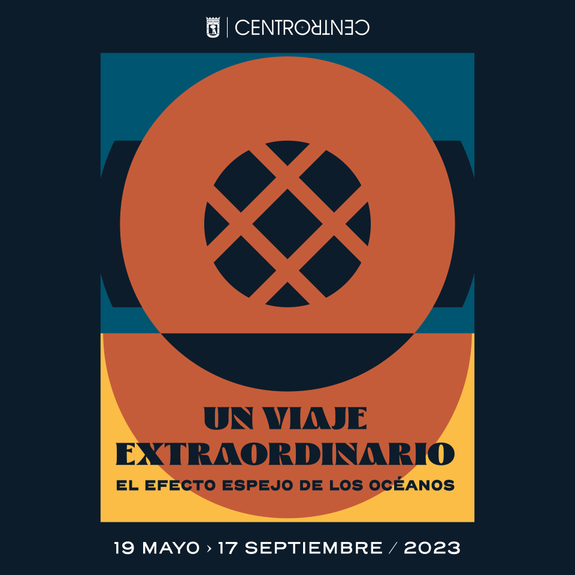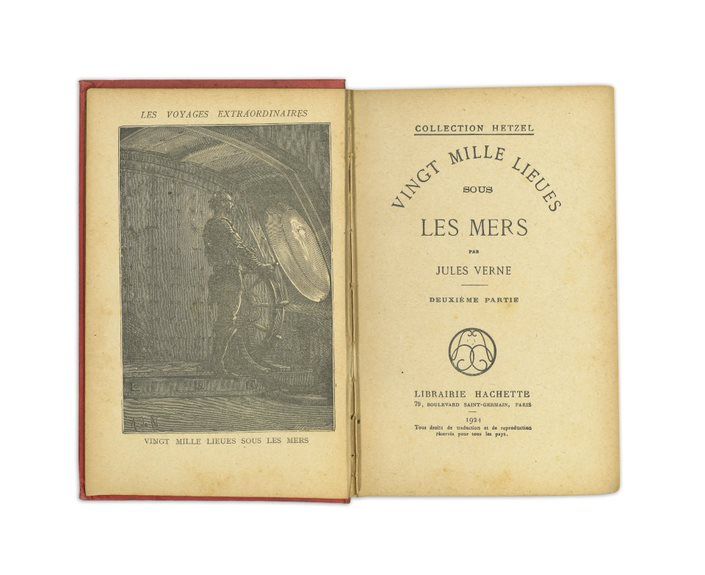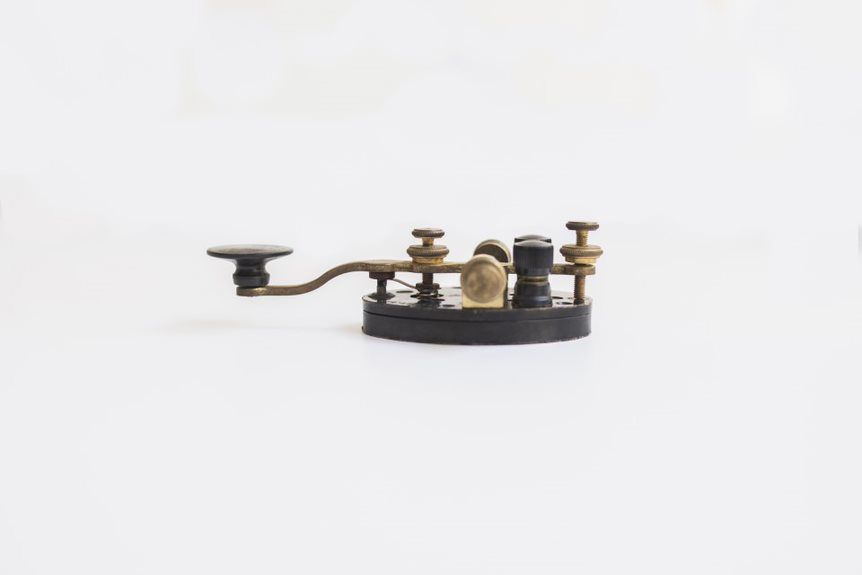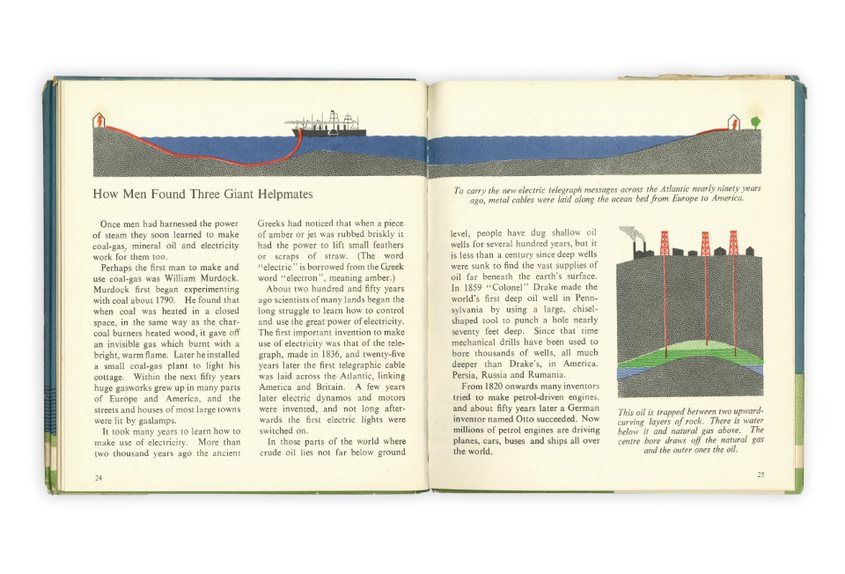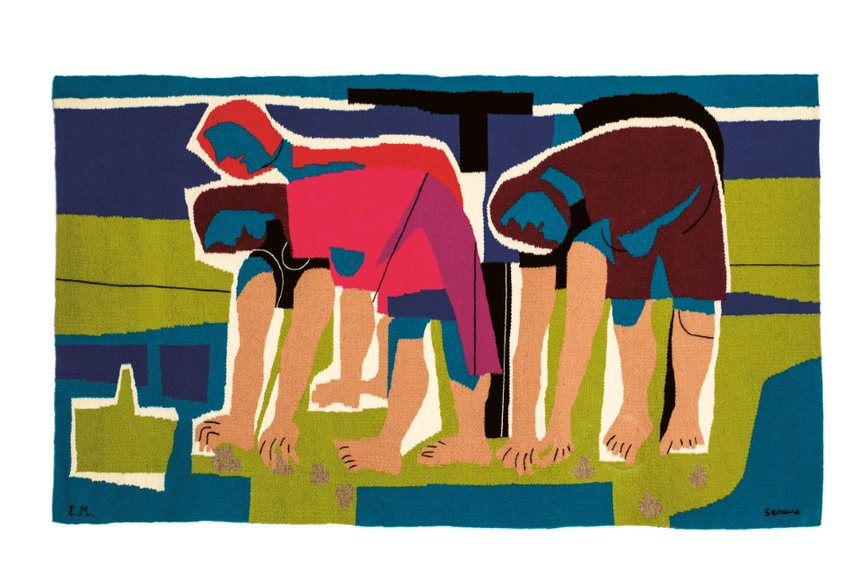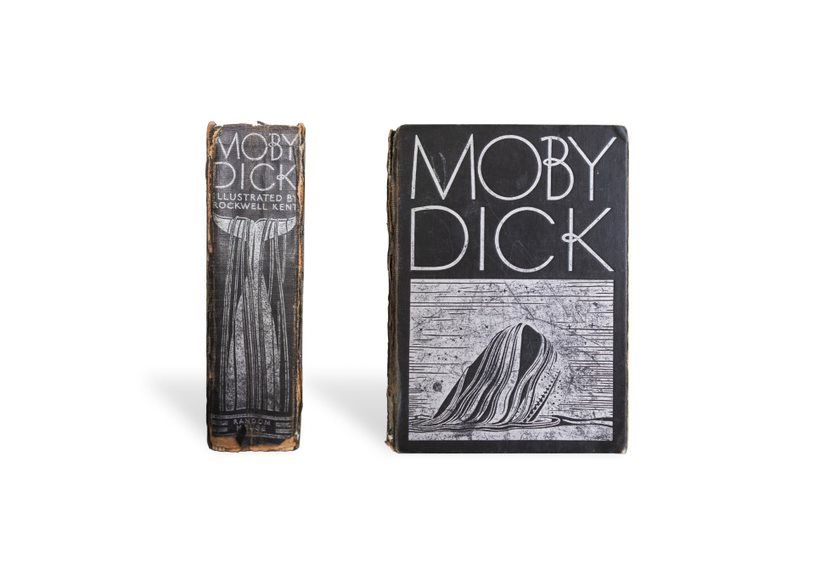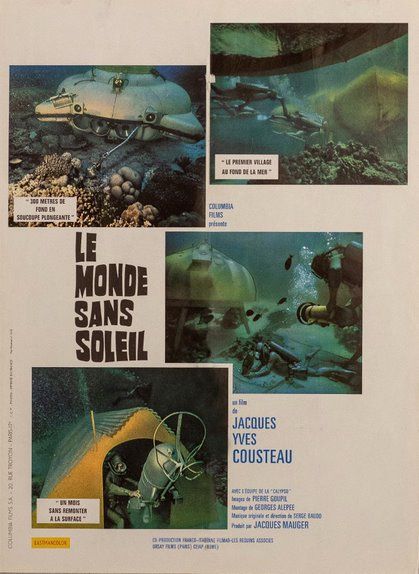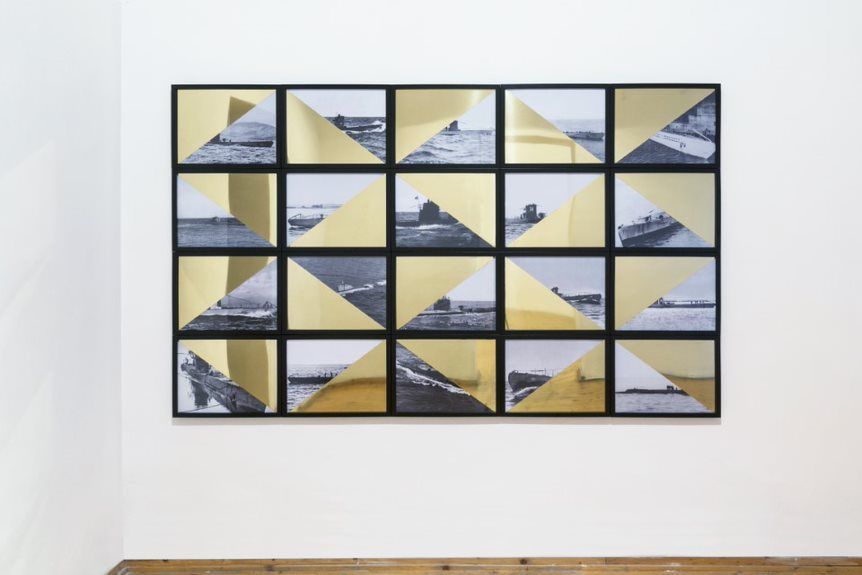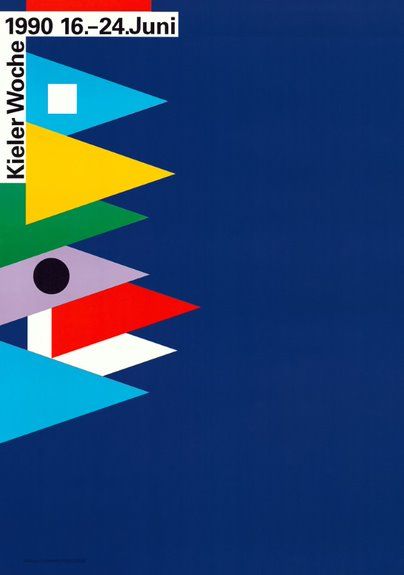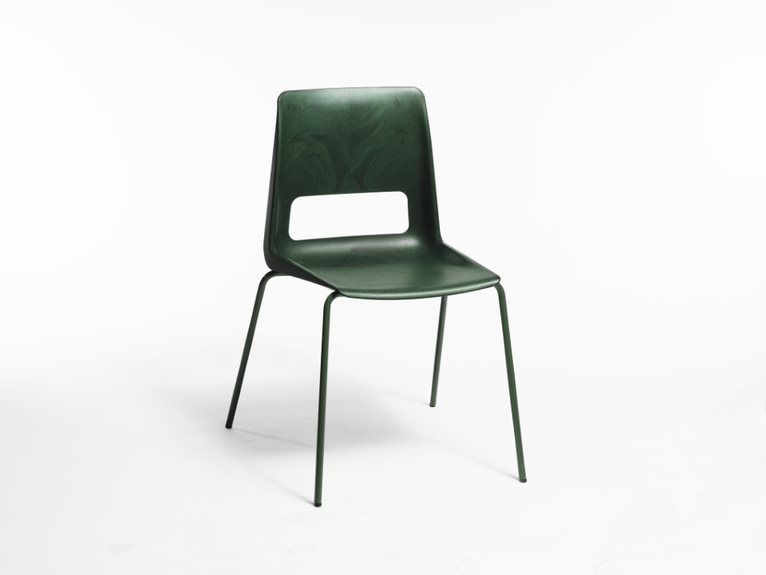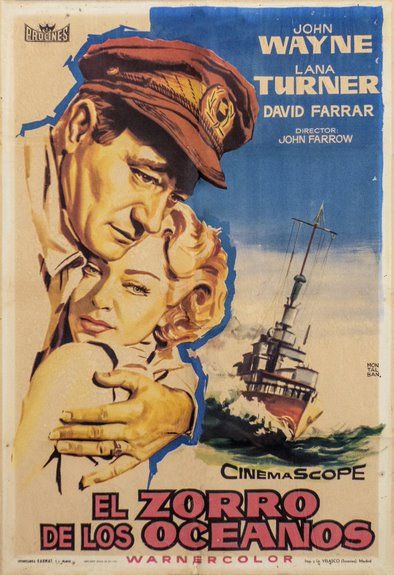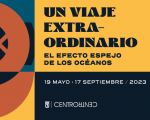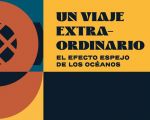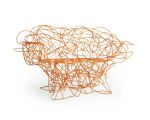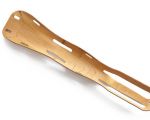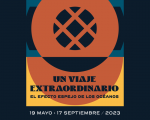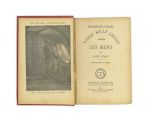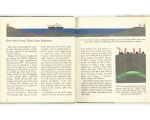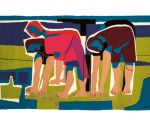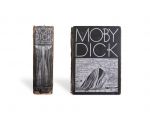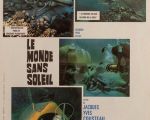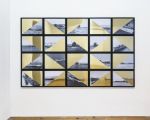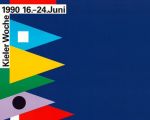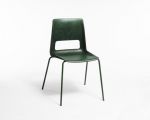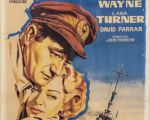An extraordinary trip. The mirror effect of the oceans
Images
Information
Description
The oceans are the mirror of what happens in the world. Rising temperatures and pollution have a direct impact on the health of the oceans, which in turn influences what happens outside of them. “The sea is everything!” Captain Nemo asserted in the extraordinary voyage of his Twenty Thousand Leagues Under the Sea (1870). If anything characterizes Jules Verne's Extraordinary Voyages, it is the optimism and trust that he places in the scientific imagination at the service of the progress of humanity. This collection of 62 novels is the result of a kind of speculative design, as evidenced by some of the author's phrases: "Everything that one person can imagine, others can make it happen." Verne did not stop asking himself questions and anticipated scientific findings and inventions that would come a long time later, which is why inventors like Isaac Peral -who will engineer the first torpedo submarine- will come to say that this was his guide; After all, Verne's wish was that advances in science would open up new and human possibilities for the future. An extraordinary trip. The mirror effect of the oceans also wants to be an extraordinary journey around a series of questions and stories that emerge from the oceans, in many cases based on icons from the world of cinema or literature, paradigmatic designs inspired by the oceans, objects and works of art that delve into their imagination or key voices that have studied the oceans and projected what we know about them.
An extraordinary trip. The mirror effect of the oceans is an exhibition but also a design exercise in itself insofar as it configures a space in which ideas and questions about the oceans are exposed from a creative point of view. The curator, David Barro, thus configures a speculative design in the form of an exhibition, opening up new perspectives and scenarios, based on innovations, but also paying homage to the achievements of the past. Without predictive pretensions, the exhibition explores that past and gives visibility to actions carried out in our present through questions that, while telling us stories, draw ways to raise awareness and respect the culture of the sea. Because to protect the ocean you have to know it, know that it is the largest ecosystem on the planet because it provides food for almost four million people, because important biochemical substances are extracted from its flora and fauna for pharmaceutical use or because it produces more than half of the oxygen in Earth and is our largest carbon sink. But also speculate about what it hides, and this exhibition is a plastic and visual journey, creative and of knowledge, that tells narratives that have the ocean as background or inspiration; They are stories that allow us to understand it better, understand it and generate reflections of impact and value. Because the sea is our mirror, as Baudelaire already wrote in his poem El hombre y el mar (1857). At a time when it is common to attend immersive exhibitions, this show is committed to the immersion of the viewer himself and his ability to imagine scenarios and develop his own capacity for agency. From panels of speculative design, texts and diagrams, pieces of design and crafts, architectural projects, innovative materials and products, works of art and audiovisual documents, a multidisciplinary and diverse, retrospective and prospective, sustainable and inclusive exhibition is formed, which combines history, knowledge and innovative creative practices.
After all, entering the ocean is in itself an extraordinary journey, because the ocean has an original character. Our world is a great marine mass and water as matter is present in all aspects of life. It is a complex physical, chemical, biological and cultural system that occupies more than 70% of our planet, but it is still a great unknown for us and it is estimated that more than 80% of the ocean is unexplored. It is an uncertain place and to approach it is to venture according to its own rules, to enter the unknown. A deliberate, demanding action. The sea can be a place to find yourself, but also to improve yourself, like Odysseus. Diving into the ocean is a sensation comparable to the way in which artists, design professionals or scientists immerse themselves in their respective tasks: a humble action due to the modesty with which it is necessary to concentrate on a small problem within the immensity, where you always have to be ready to be born again. An extraordinary trip. The mirror effect of the oceans is supported by the creative universe to draw an ecosystem as a review of the relevance of the oceans. The exhibition is organized into four sections -The oceans as a stage; Blue, new green; The voices of the oceans; The difficult journey- and is born very consciously in a city without sea, with the conviction that the oceans are born in ourselves and it is important that we all understand the importance of knowing them more, exploring questions and developing our own scenarios. Because if the ocean can be our mirror and destiny, we will have to think creatively about our future in complicity with it.
David Barro is director of the DIDAC Foundation and exhibition curator. Platform Co-Director. Festival of performing arts, he is director of art and culture at MadBlue and advisor to the Design Program for Innovation and Sustainability - Diferenza (Galician Innovation Agency, Xunta de Galicia). He has been managing director of the Luis Seoane Foundation and advisor to the Barrié Foundation, being the main person in charge of its collection. As exhibition curator, he has carried out more than a hundred individual and group shows, including those by renowned artists such as Jessica Stockholder, Axel Hütte, Alex Katz, Günther Förg, Julião Sarmento, Julian Opie, Sandra Cinto, Fernanda Fragateiro, José Pedro Croft or Berta Cáccamo. He has also curated public interventions by artists such as Pedro Cabrita Reis, Carlos Garaicoa, Lawrence Weiner, Winter & Hörbelt, Nuria Mora and Manolo Paz. In 2010 he was artistic director of the art, architecture and design project Look Up! Natural Porto Art Show, which occupied 9 emblematic buildings in the city of Porto, and in 2011 the International Festival of Sustainable Artistic Action SOS 4.8 of Murcia. He has worked as an art critic for El Cultural de El Mundo for more than 15 years and for other publications such as Lápiz magazine. He has also been director of the Portuguese magazine [W] art and of the magazine Arte y parte. In 2006 he founded DARDOmagazine, architecture, design and contemporary art magazine and the publishing company and design company DARDO. As a teacher, he has been a professor of the Master's Degree in Advanced Studies in Art History at the University of Salamanca since 2015. Among his numerous published books are essays such as Before Yesterday and the day after tomorrow or what can be painting today; Images (Pictures) for a contemporary representation or Drift. Perspectives between design and contemporary art, as well as numerous monographs on contemporary artists. In 2022 he has directed the Art and Transformation course at the Museo Nacional Centro de Arte Reina Sofía.

